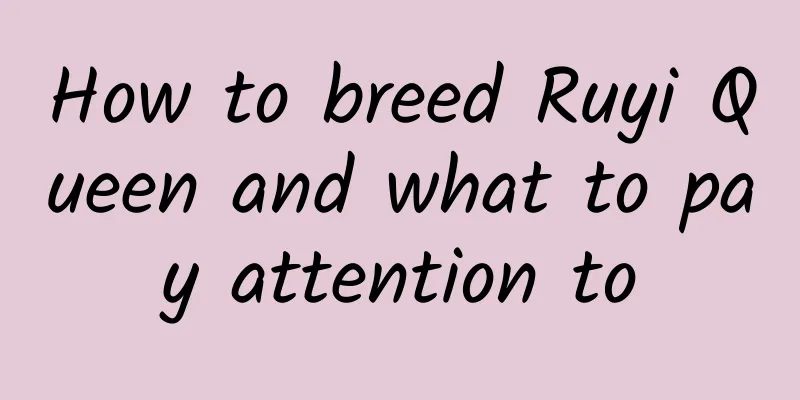What are the cultivation methods and precautions for Hawaiian bamboo?

Hawaiian Bamboo IntroductionHawaiian bamboo, also known as dwarf coconut, miniature palm, and dwarf palm, is a plant of the genus Cocos nucifera of the palm family. It is also known as Hawaiian coconut. The plant is short, 1-3 meters tall, with dense branches and leaves, evergreen leaves, and rich gloss, and is highly ornamental. Hawaiian bamboo cultivation methodHawaiian bamboo prefers a warm, humid and semi-shady environment. The suitable growth temperature is between 20-30 degrees. The temperature in winter should not be lower than 3 degrees. It is suitable for planting in a loose, well-ventilated and water-permeable substrate rich in humus. The growing season is from March to October. Apply liquid fertilizer or granular compound fertilizer once every half a month. temperatureHawaiian bamboo likes a warm environment, the temperature is best around 20 degrees. It is not cold-resistant in winter and can only tolerate short-term low temperatures of 0 degrees. It is best to keep the temperature above 10 to not affect its growth. illuminationHawaiian bamboo is suitable for growing in a semi-shaded environment. Keeping it in a dark place indoors for 1 to 2 months will not affect the plant. It needs shade during normal maintenance, especially in summer. It is best to move it to a semi-shaded place indoors. WateringDuring the growing season of Hawaiian bamboo, it needs more water. Under the premise of preventing water accumulation in the soil, it should be watered more often. However, during the non-growing season, try to water it as little as possible to prevent it from being waterlogged. FertilizationHawaiian bamboo is not very demanding on fertilizer. Generally, a thin liquid fertilizer can be applied once every half a month during the growing season. The plant grows slowly in late autumn and winter, so less fertilizer or no fertilizer can be applied. pruneWhen caring for Hawaiian bamboo, you need to cut off the dry branches and yellow leaves to prevent them from wasting nutrients. If the plant has long branches, you need to cut them off from the base in time to prevent them from affecting the growth of other branches and leaves. If the branches and leaves of the plant are too dense, you need to select the weaker branches and cut them off. Hawaiian bamboo cultivation precautionsWhen caring for Hawaiian bamboo, you must maintain a good ventilation environment, especially in summer. Do not place it in a closed environment for a long time, otherwise pests and diseases will occur. Do not expose it to the scorching sun, otherwise it may have yellow leaves. |
<<: What are the cultivation methods and precautions of Rieger Begonia
>>: What are the cultivation methods and precautions of lily?
Recommend
How to propagate gerbera and what to pay attention to
Gerbera reproduction method The main ways of prop...
Suitable soil for succulents
Fertile garden soil It refers to the fertile soil...
What is the best month to plant coriander?
When to plant coriander Generally, coriander is s...
How often should I water my spider plant?
1. Frequency in different seasons 1. Spring: The ...
Symptoms and treatment of paratyphoid in piglets
Paratyphoid fever in piglets is an infectious swi...
How to maintain the Euphorbia pulcherrima so that it grows fast (cultivation methods and management of Euphorbia pulcherrima)
Watering If you want to promote more buds and flo...
Is it okay to grow jasmine indoors?
1. You can grow jasmine indoors Jasmine can be gr...
How does Parthenocissus climb? How to propagate and prune it?
1. How to climb up When the ivy climbs up, when i...
When is the best time to plant carrots?
The right time to sow carrots Carrots belong to t...
The difference between Anthurium and White Anthurium
1. Difference of blades The leaves of Anthurium a...
Where does Victoria regia grow? Where does Victoria regia like to grow?
Growth habits of Victoria regia As a typical trop...
Can Clivia be watered with Coke?
Can Clivia be watered with Coke? Clivia can be wa...
How to grow Impatiens in potted plants
Impatiens is a very ornamental flowering plant an...
What is the flower language of forget-me-not
1. Flower Language Forget-me-not is known as the ...
Cultivation methods and precautions of water tower flower
1. Maintenance methods 1. Soil: Soil with good ai...









